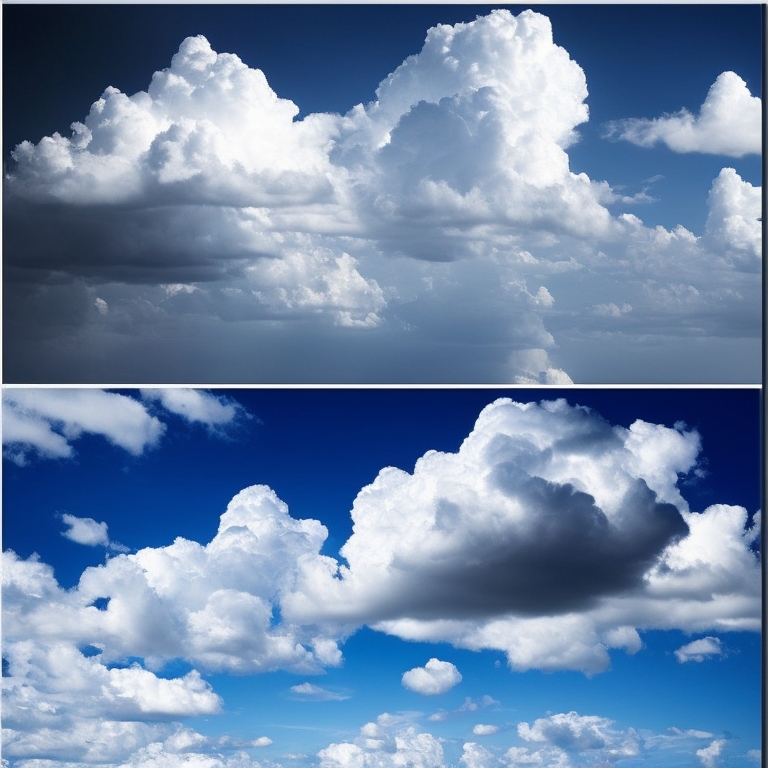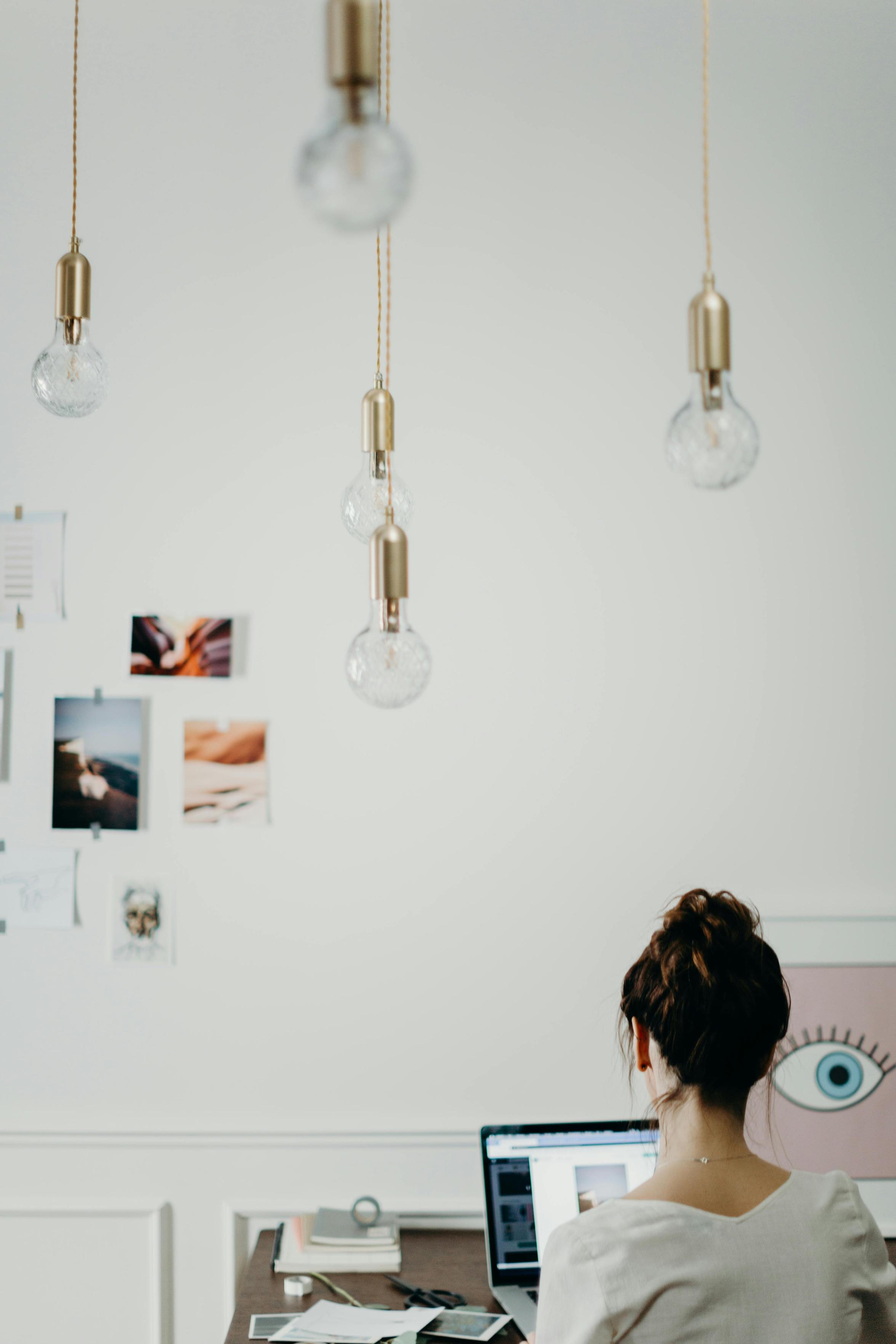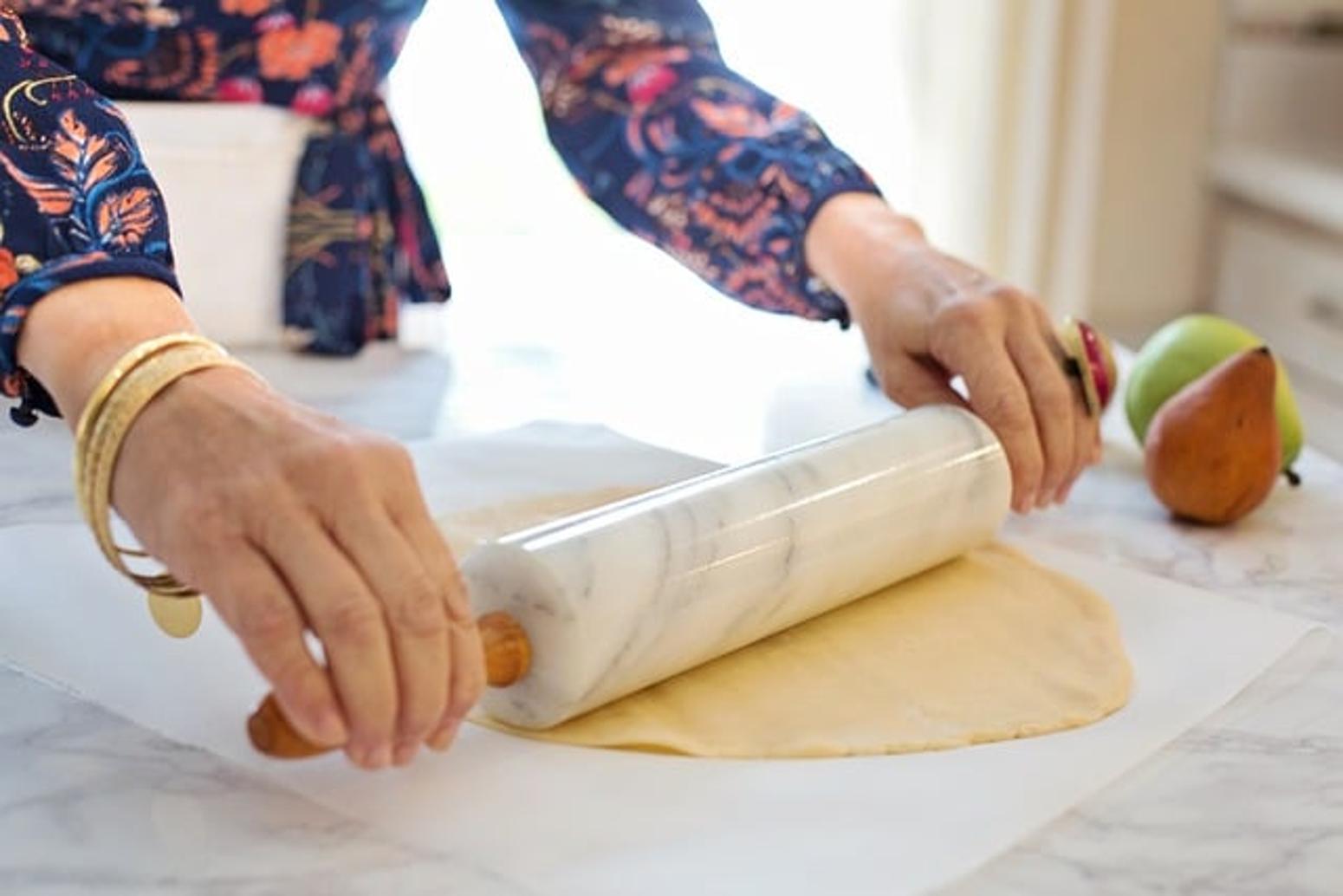How to Put Two Photos into 1 Pin on Computer
Introduction
Pinterest remains a highly visual platform, making image quality and presentation vital for success. One effective way to draw attention to your pins is by merging two photos into one, creating a composite image that stands out. This guide will walk you through various methods you can use on your computer to combine two photos into a single pin, thereby optimizing your Pinterest strategy.
This step-by-step tutorial will discuss the benefits of merging photos, how to prep your images, and guide you through both web-based tools and desktop software options. We will also cover how to edit and finalize your composite image, and finally, how to export and save your pin. Additionally, FAQs at the end will address common questions. Let's dive in and learn how to create eye-catching pins with merged photos!

Benefits of Merging Photos for Pinterest
Combining two photos into one pin can significantly enhance your Pinterest game. The first benefit is increased visual appeal. A composite image often looks more attractive, providing more information or various perspectives in a single glance, capturing the viewer's attention better than a single photo.
Additionally, composite images can improve your storytelling. They allow you to juxtapose related images to tell a more compelling story, whether you're showcasing before-and-after shots, highlighting product features, or demonstrating a process. Ultimately, the engaging nature of well-composed pins can drive more clicks and repins, boosting your overall Pinterest performance.
Prepping Your Photos
Before merging two photos into one pin, it's crucial to prep your images correctly. Start by selecting high-quality photos that complement each other well. Ensure both images have good resolution and lighting, as low-quality pictures can make your final pin look unprofessional.
Next, consider the layout and composition. Decide whether you want the photos to be side-by-side, stacked, or in a collage format. This decision will affect how you use the tools and software to merge them. Lastly, make any necessary adjustments to the individual photos, such as cropping, resizing, or color correction, to ensure they look harmonious when combined.

Using Web-Based Tools
Several web-based tools make it easy to merge two photos into one pin. These platforms often provide user-friendly interfaces and a variety of customization options.
Canva
Canva is a popular choice for creating composite images. Sign up or log in to your Canva account and select the "Pinterest Graphic" template. Upload both photos you wish to merge. Drag and drop the images onto the canvas, and use the grid or frame options to align them as desired. Canva offers various editing tools to adjust the photos' size, position, and appearance. Once you're satisfied, save your creation to your device.
PhotoJoiner
PhotoJoiner is another excellent web-based tool for merging photos. Navigate to PhotoJoiner's website and click on "Create." Choose the "Collage" option and upload your two photos. Use the layout presets or manually drag the images to arrange them. You can adjust the spacing, margins, and background color to finalize the composite image. When done, download the merged photo to your computer.
PineTools
PineTools offers a straightforward method for merging photos. Visit PineTools, and select the "Merge Images" option. Upload your two photos using the provided buttons. PineTools allows you to place the images vertically, horizontally, or in a grid layout. Adjust the settings for size and position as needed. Once you're happy with the arrangement, click "Merge" and download the final image.
Using Desktop Software
If you prefer using desktop software, several programs offer powerful photo-editing features perfect for creating composite images.
Microsoft Paint
Microsoft Paint, available on most Windows computers, is a simple yet effective tool for merging photos. Open Paint and create a new blank canvas. Use the "Paste" function to add your first photo. Resize and position it as needed. Repeat with the second photo, ensuring they align correctly. Paint offers basic editing features like resizing and cropping to perfect your composite image. Save the final product as a new file.
Adobe Photoshop
Adobe Photoshop provides advanced tools for creating high-quality composite images. Open Photoshop and create a new file with the same dimensions as your intended pin. Import both photos into separate layers. Use the "Move" tool to position each image. Photoshop offers numerous features like layer masks, blending modes, and adjustment layers to fine-tune your composite. Once satisfied, flatten the image and save it in the desired format.
GIMP
GIMP is a free, open-source alternative to Photoshop. Start by opening GIMP and creating a new canvas with your specified dimensions. Import the two photos into different layers. Use the "Move" tool to arrange the images. GIMP's layer and selection tools allow for precise adjustments to each photo. After finalizing your composite, export the image in a format suitable for Pinterest.

Editing and Finalizing Your Composite Image
Once you've combined the two photos into one pin using any of the above tools or software, it's time to edit and finalize your composite image. This step ensures your pin looks polished and professional.
- Adjust Brightness and Contrast: Use editing tools to balance the brightness and contrast between the two photos, ensuring a cohesive look.
- Apply Filters: Consider applying a uniform filter or color correction to both photos to maintain visual consistency.
- Add Text and Graphic Elements: If needed, include text, icons, or other graphic elements to enhance your pin's message.
- Review for Visual Harmony: Ensure the composite image looks balanced and harmonious, with no jarring contrasts or misaligned elements.
Exporting and Saving Your Pin
After finalizing your composite image, you'll need to export and save it correctly to ensure it performs well on Pinterest.
- Choose the Right Format: JPEG or PNG are generally the preferred formats for Pinterest pins due to their quality.
- Optimize for Web: Use an image optimization tool to reduce the file size without losing quality, ensuring faster loading times on Pinterest.
- Save to Your Device: Once optimized, save the file to your computer, making sure to use a descriptive file name that includes relevant keywords for better searchability.
Conclusion
Creating a composite pin by merging two photos can significantly enhance your visual storytelling and engagement on Pinterest. By following this guide, you can easily combine photos using web-based tools like Canva, PhotoJoiner, and PineTools or desktop software like Microsoft Paint, Adobe Photoshop, and GIMP. With a little prep and editing, your final pin will look professional and eye-catching, ready to captivate your Pinterest audience.
Frequently Asked Questions
What is the ideal size for a Pinterest pin?
The recommended size for a Pinterest pin is 1000 x 1500 pixels, with a 2:3 aspect ratio. This size ensures optimal display and engagement on the platform.
Can I use mobile apps to merge photos for Pinterest?
Yes, mobile apps like Canva, Adobe Spark, and Pic Collage offer functionalities similar to their web-based or desktop counterparts, letting you merge photos easily right from your phone.
Is it better to use free or paid tools for merging photos?
Both free and paid tools can be effective for merging photos. Free tools often suffice for basic needs, while paid tools offer advanced features for more complex edits and higher-quality results. Choose based on your requirements and budget.



